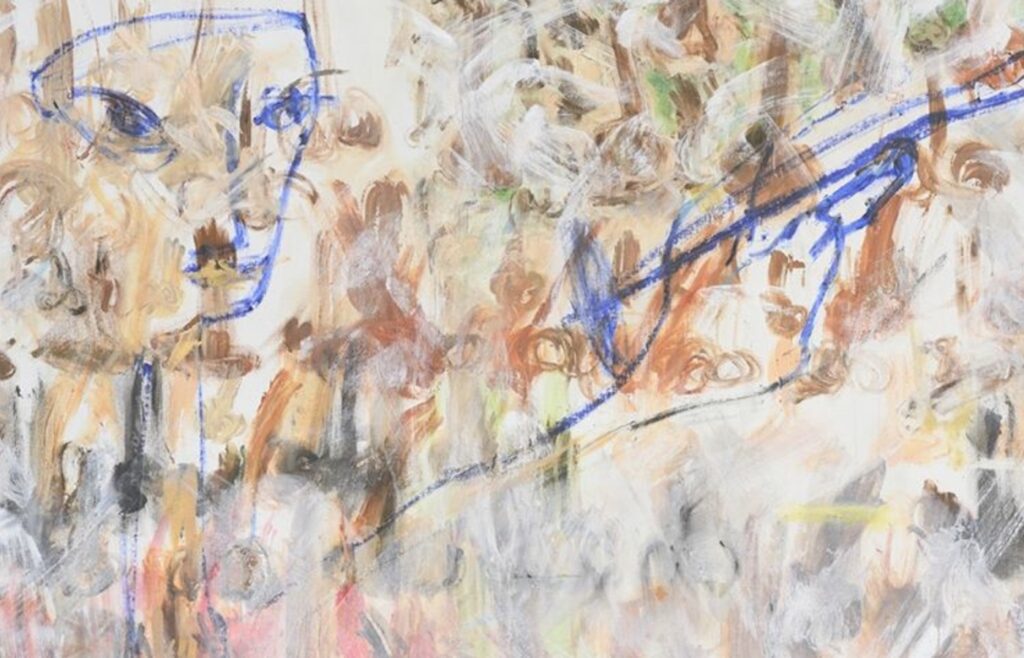Goodman Gallery, Johannesburg, South Africa
30 Aug 2025 - 31 Oct 2025

Pélagie Gbaguidi, Carriers, 2025. Courtesy of Goodman Gallery
Goodman Gallery Johannesburg presents Carriers, a group exhibition that brings together the work of Maxwell Alexandre, Pélagie Gbaguidi, and Ibrahim Mahama. This exhibition marks the first time Alexandre and Mahama have exhibited at the gallery. These three artists’ practices bear witness to histories that have been inscribed on bodies, materials, and territories. Across painting, installation, photography, and assemblage, each artist engages the act of carrying; as a burden, a legacy, a gesture of continuity, and a strategy of resistance. Opening during FNB Art Joburg, a pivotal moment in Johannesburg’s cultural calendar.
Together, these artists engage the concept of carrying: transporting the past into the present, bearing witness to and transforming what has been inherited into something emancipatory. Carriers are an active conduit; where stories move, where burdens shift, and where new forms of solidarity are made possible. Maxwell Alexandre (b. 1990) grew up in Rocinha, one of the largest favelas in Rio de Janeiro. Through his large-scale compositions on pardo paper and canvas Maxwell Alexandre carries the visual and spiritual weight of contemporary Black experience in Brazil, drawing from the iconography of the favela and institutional critique. A former skater, Alexandre’s practice attempts to capture the dizzying flow of images and transfer it into artworks. The works operate as sites where everyday rituals meet sacred memory, and where the figure, often anonymous and in motion, becomes a vessel for presence and power. Alexandre’s figures move through systems that seek to erase them, insisting instead on being seen, worshipped, and remembered. In this exhibition a number of works by Pélagie Gbaguidi are presented, which carry ancestral and transgenerational memory through a phenomenological and embodied practice. Using natural pigments, discarded materials, and her own body as a mark-making tool, she inscribes layers of trauma, resilience, and myth onto surfaces. In works such as Disconnection or A qui ai-je vendu mon scalpe, the canvas becomes a living skin, scratched, bruised, and storied. Gbaguidi positions herself as a contemporary griot, a carrier of oral and visual histories that speak to the dislocations of colonialism and the urgent need for repair.
Ibrahim Mahama transforms industrial and archival detritus into monumental works that carry the weight of global trade, forced migration, and collective labor. His stitched-together jute sacks, railway fragments, and photographic documents chart the movement of bodies and materials across exploited economies. In recent works, Mahama draws topographical lines over obscured bodies, creating hybrid landscapes that carry both geographic and corporeal histories—tracing how the past imprints itself on the skin, and how identity is borne, marked, and made visible.